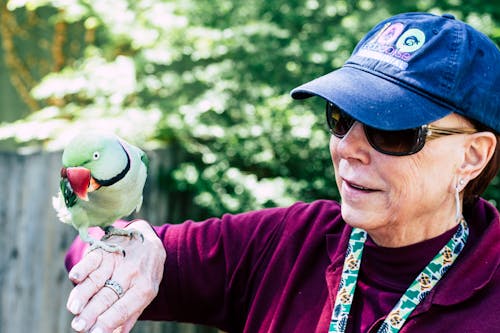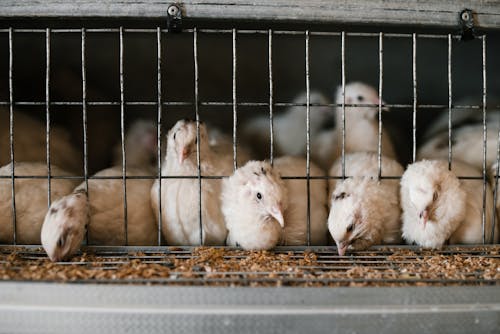H5 Bird Flu Pandemic Overview

As it stands, there has already been widespread awareness around the 2024 H5N1 bird flu pandemic, capable of hopping from poultry and wildlife to humans.
The virus mainly infects birds, but occasional human infections have raised fears it could spread further. Public health experts around the world are monitoring the situation closely to contain the impacts.
The following is a guide to the current status of the bird flu pandemic, how it is being felt and what you can do to avoid it.
Bird Flu Pandemic Current Situation:
Data on each bird flu variant are collected from existing specifications, stores and patenting information; especially Data Analysis Libraries, for early stage identification. The applications of the data also focuses on well-known natural examples of virus detections used in Verification, Protection and Prevention stages.
The bird flu pandemic started as a minor issue in November 2024, but it soon turned into a major problem as numerous cases began appearing in the United States, and it began to spread throughout the country from California, Washington, and Oregon, among other states.
Over 60,000 samples have been tested across the country, leading to an estimated 57 confirmed human cases.
Note: Most of these cases were linked to direct contact with infected birds or contaminated environments
The virus is mostly limited to poultry farms, where millions of birds have been killed to stop the spread. More than 112 million poultry birds have been affected, creating huge economic problems for the agricultural sector. The virus has also been found in wild bird populations, with approximately 11,000 wild birds testing positive
Symptoms and Human Transmission of Bird Flu:
Human cases of H5 are uncommon but can be serious. Some common symptoms involve extreme fever, cough, and catarrh as well as some serious respiratory conditions
The virus does not spread easily between people, which is why the public health threat remains low. But having close contact with infected birds or surfaces that have been tainted with their droppings raises the risk.
According to the CDC and World Health Organization (WHO), human-to-human transmission has not been sustained, which is key to minimizing the outbreak
Management and Resistance to Antivirals:
For H5N1 in humans, the first-line therapy is oseltamivir (Tamiflu). Recent findings demo that the virus has low susceptibility to the antiviral drug baloxavir used for influenza.
This highlights the need for early diagnosis and treatment of the disease to facilitate better management.
Influx in Poultry Industry:
The economic toll on the poultry industry has been significant, and infected flocks have been widely culled. This has caused a disruption to the supply of poultry products that could lead to higher prices.
Poultry farms have begun implementing biosecurity measures to stave off additional outbreaks, such as stricter hygiene practices and movement restrictions for birds.
Control Strategies And Community Awareness of Bird Flu:
Health authorities are urging the public to take precautions to avoid infection.
Key recommendations include:
- Steering clear of any direct contact with sick or dead birds.
- Cooking poultry and eggs well before eating.
- Practicing good hygiene, including washing hands thoroughly after touching birds or their products.
The scale of this ongoing surveillance is evident in the U.S., where more than 7,300 people who had contact with infected animals are being monitored.
Global Response and Surveillance:
Countries around the world are stepping up their surveillance and containment efforts. The WHO and CDC are collaborating with national health departments to monitor the spread of the virus and formulate contingency plans.
Vaccinating poultry, followed by monitoring of wild bird populations, is one strategy used to control the spread.
Conclusion:
Poultry and wildlife management cannot ignore the bird flu pandemic in 2024. The risk to human health is still low, but vigilance should continue.
Public health authorities will continue to monitor the situation closely and take appropriate steps to minimize the risk of the widespread outbreak. While it is a scary time we have to do our part by taking precautionary measures and staying informed with reputable information from the CDC and WHO.
